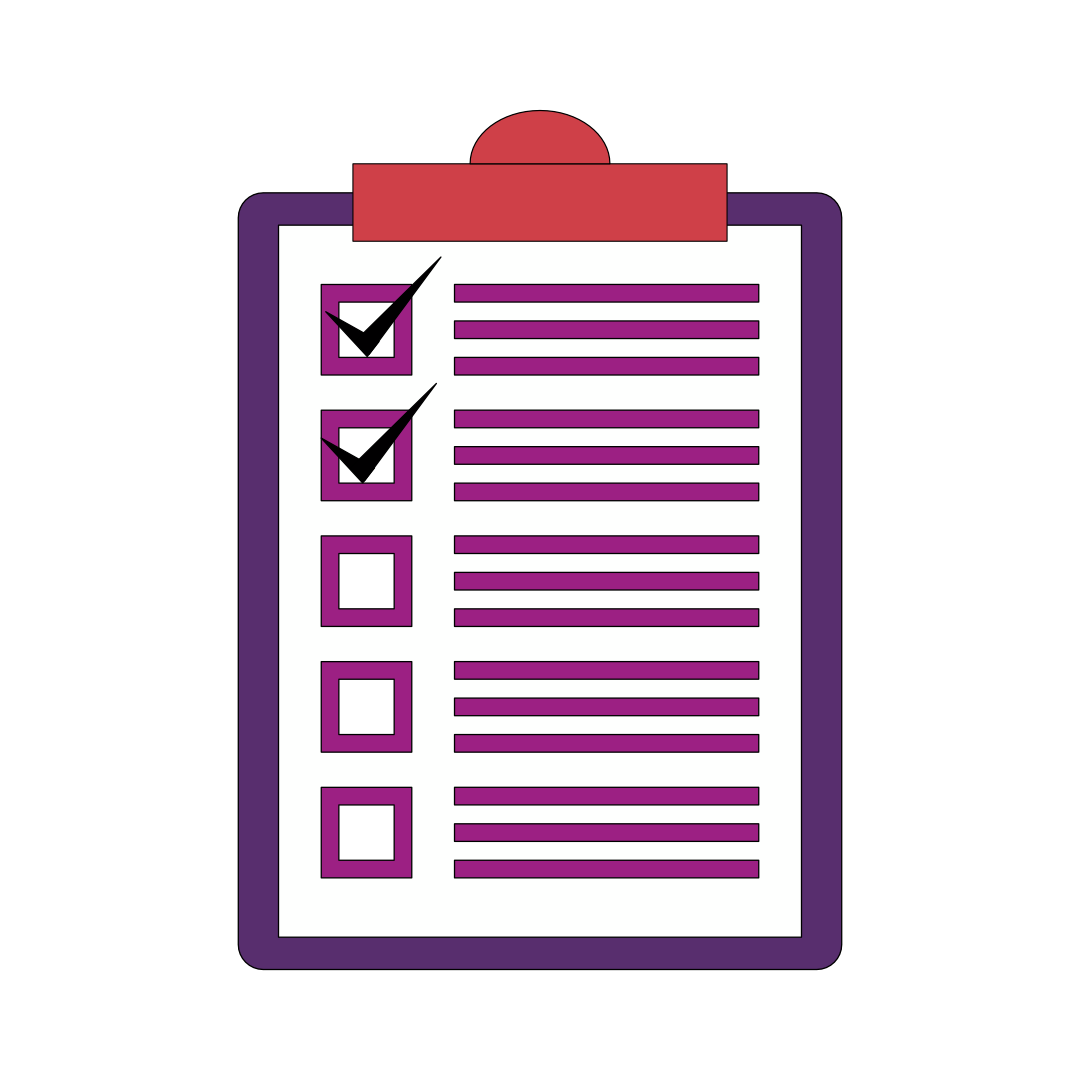COMMUNICATION
Adapting Communication Style
The behaviours in the table below show how you can demonstrate the skill of Adapting Communication Style at each of the competency levels in which it appears. Click on the plus sign to show the behaviours at that level.
Foundation
- Uses the right methods (e-mail, meeting etc) when communicating.
Level 2
- Recognises patterns of behaviour and communication styles: assertive, non-assertive, aggressive, and avoiding; adapts own style to maintain an assertive interaction.
- Brings to life the activity required and resultant benefits to gain buy in.
Level 5
- Uses communication skills effectively to communicate complex ideas to large audiences.
Resources
Below you will find learning resources to help you develop the skill of Adapting Communication Style. Click on the links to access the resources.

Making Rapport Work
Assertive Behaviour - Push Pull
This PDF covers a technique to help someone else reach an assertive position, ‘pulling’ them out if they are too passive, and ‘pushing’ back if they are too aggressive. It will help you to reach a balanced outcome and make the other person feel heard.
Managing Complex Information
This PDF covers the ways in which we process information differently and how that can lead to miscommunication, even when we’re not aware of it. It describes the different levels at which we group information and how everybody works at different levels at any one time, following up with a technique to structure a meeting so that everyone is on the same page. This PDF is aimed at structuring information in a group.
Working Out Your Preferences
This PDF covers the four sets of preferences covered in the Myers Briggs Type Indicator (MBTI), a personality profiling tool that provides a useful basis for understanding how different people’s preferences impact how they work. Differences in these preferences not only affect how people work, they impact what people value, what they will devote energy to, how they judge other people, and how they are motivated. Understanding these differences in an excellent step towards fostering collaboration and effective communication.
Tips for Myers Briggs Opposites
N.B. We recommend reading ‘Working Out Your Preferences’ before reading these adapting tips, as it will provide an explanation of the Myers Briggs Type Indicator (MBTI) personality profiling tool.
This PDF covers tips on how opposing MBTI preferences can adapt to each other. It is particularly useful if there are certain behaviours you find particularly difficult to deal with (e.g. low reactions, criticism).

VIDEOS
Making Rapport Work
This video provides and explanation of an essential communication skill – building rapport. You will learn why it matters and how to do it, recognise when you can be more aware of building rapport, and if you need to make any adjustments in your behaviour. This will improve your communication skills and help you to build better relationships.
Managing Complex Information
This video explains the ways in which we process information differently and how that can lead to miscommunication, even when we’re not aware of it. It describes the different levels at which we group information and how everybody works at different levels at any one time. It shows you a technique to analyse and describe a topic so that everyone in a group can contribute, can clearly follow, and can be engaged.
MBTI Tips
This short video provides some simple tips on adapting to people who have opposite Myers Briggs preferences to you e.g. extraversion and introversion, so that you can appreciate strengths in differences, promote collaboration, and communicate more effectively.

Build Rapport
Read and/or watch 'Making Rapport Work' to understand the skill. If you are in rapport, as a person changes their approach or style it is easier for you to behave congruently with them. For example they may become more animated, and you can follow automatically. Practise building rapport with anyone who you find difficult to relate to.
Language
Read 'Assertive Techniques - Push Pull' and apply the ideas to change the effect you are having on a conversation. For example, to drive something forward use Push language, to draw someone out, use Pull language.
Complexity
To gain control of the information in a conversation so that everyone is ‘on the same page’ use the method of assembling information shown in 'Managing Complex Information'.
Adapting to Personality
If you are interested in how to communicate with people who have a different type of personality to you, read 'Working Out Your Preferences' to establish your own Myers Briggs (MBTI) type and get ideas about others. Then you can use 'Tips for Myers Briggs Opposites' for useful suggestions about how to adapt your own style to theirs.
